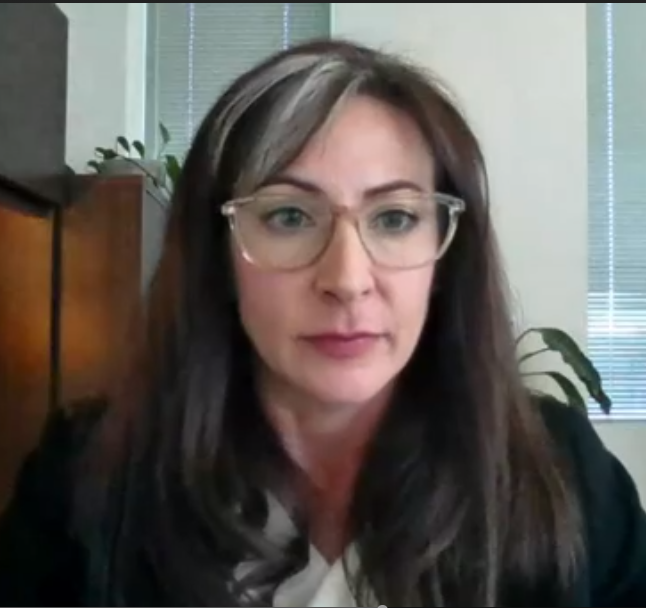On March 15, 2022, President Biden signed a $1.5 trillion dollar spending package that includes final appropriations for fiscal year (FY) 2022. This document outlines the final funding levels for NASADAD’s priority programs within the Department of Health and Human Services (HHS), the Department of Justice (DOJ), and the White House Office of National Drug Control Policy (ONDCP), including language from the Administration’s Congressional Justifications, as well as the House and Senate Appropriations Committees’ bill reports and final appropriations bill reports.
All posts by Emily Diehl
Final FY 22 Appropriations
House FY 2022 Recommendations
President’s Proposed Budget
Sara Goldsby, State Director for South Carolina, testifies before Senate HELP Committee
On February 1st, Sara Goldsby (SSA, S.C.), Director of the South Carolina Department of Alcohol and Other Drug Abuse Services (DAODAS), as well as President of NASADAD’s Board of Directors, testified before the Senate Health, Education, Labor, and Pensions (HELP) Committee during a hearing, “Mental Health and Substance Use Disorders: Responding to the Growing Crisis.” The HELP Committee is led by Chair Patty Murray (D-WA) and Ranking Member Richard Burr (R-N.C.).
Ms. Goldsby’s testimony covered the following areas:
- The critical role State alcohol and drug agencies play in overseeing and implementing a coordinated prevention, treatment, and recovery service system
- Working to support providers to ensure quality and delivery of evidence-based practices
- Coordinating with other State agencies on programs and services across prevention, treatment, and recovery
- Communicating with, and acquiring input from, providers and local communities and stakeholders
- Efforts from the federal government that have been helpful in addressing SUD issues
Her recommendations to the Committee included:
- Promote and ensure a strong SAMHSA that serves as the lead federal agency across the federal government on substance use disorder service delivery
- Ensure that federal policy and resources related to substance use disorders are routed through the State alcohol and drug agency
- Continued investments in the SAPT Block Grant while maintaining maximum flexibility
- Promote sustained and predictable funds through three- to five-year discretionary grants
- Ensure new federal initiatives and funding complement and enhance the current system
- Continue to work to address the opioid crisis but also elevate efforts to address all substance use disorders, including those linked to alcohol and other substances
- Provide SAMHSA the authority and resources to help address the nation’s substance use disorder workforce crisis
- Ensure that initiatives designed to implement 988 and crisis services improvement to specifically include programs and strategies to address substance use disorders
- Maintain recent flexibilities to ensure access to substance use disorder services
Other witnesses included:
- Mitch Prinstein, PhD, ABPP, Chief Science Officer, American Psychological Association, Chapel Hill, NC
- Michelle P. Durham, MD, MPH, FAPA, DFAACAP, Vice Chair of Education, Department of Psychiatry, Clinical Associate Professor of Psychiatry & Pediatrics, Boston Medical Center, Boston University School of Medicine, Boston, MA
- Jennifer D. Lockman, PhD, CEO, Centerstone Research Institute, Nashville, TN
- Claire Rhyneer, Mental Health Youth Advocate, Anchorage, AK
If you missed the hearing and would like to watch it, a recording is available here.
CARA 3.0 Section-by-Section Summary
Letter of Support for Post-Disaster Mental Health Recovery Act
NASADAD releases updated FY 22 appropriations overview
On October 18th, the Senate Appropriations Committee, led by Chairman Patrick Leahy (D-VT) and Ranking Member Richard Shelby (R-AL), released the report to accompany the FY 2022 (Oct. 1, 2021-Sept. 30, 2022) Labor, Health and Human Services (HHS), Education, and Related Agencies appropriations bill. The bill includes funding for all HHS programs, including the Substance Abuse and Mental Health Services Administration (SAMHSA).
The appropriations chart can be accessed here.
